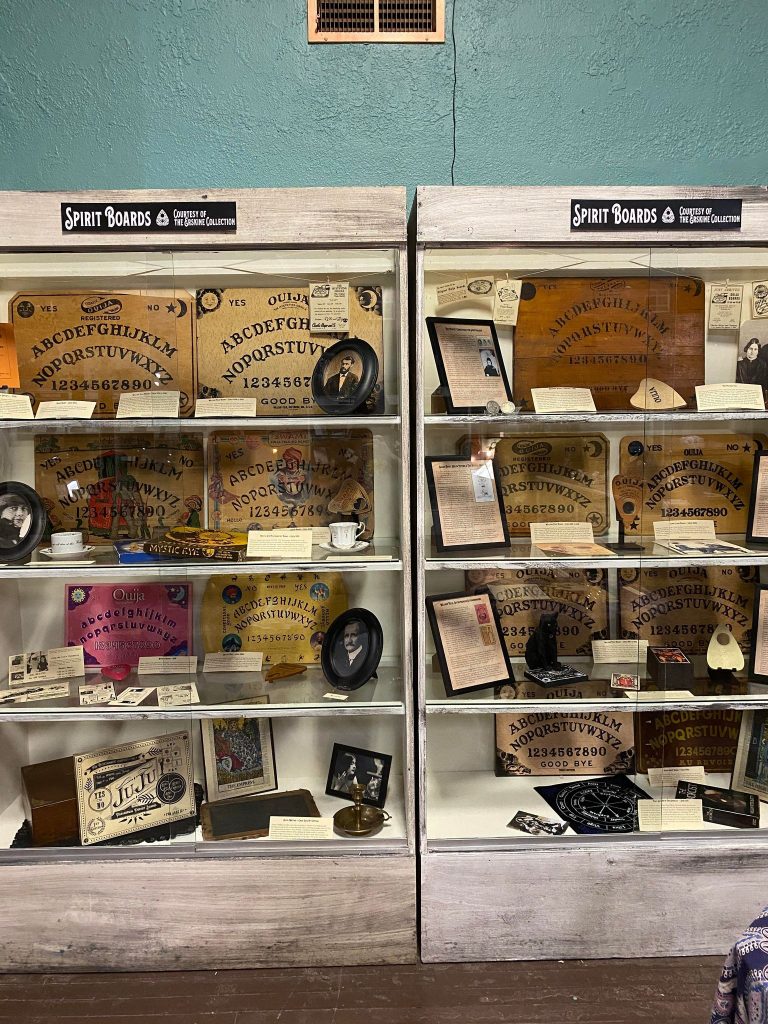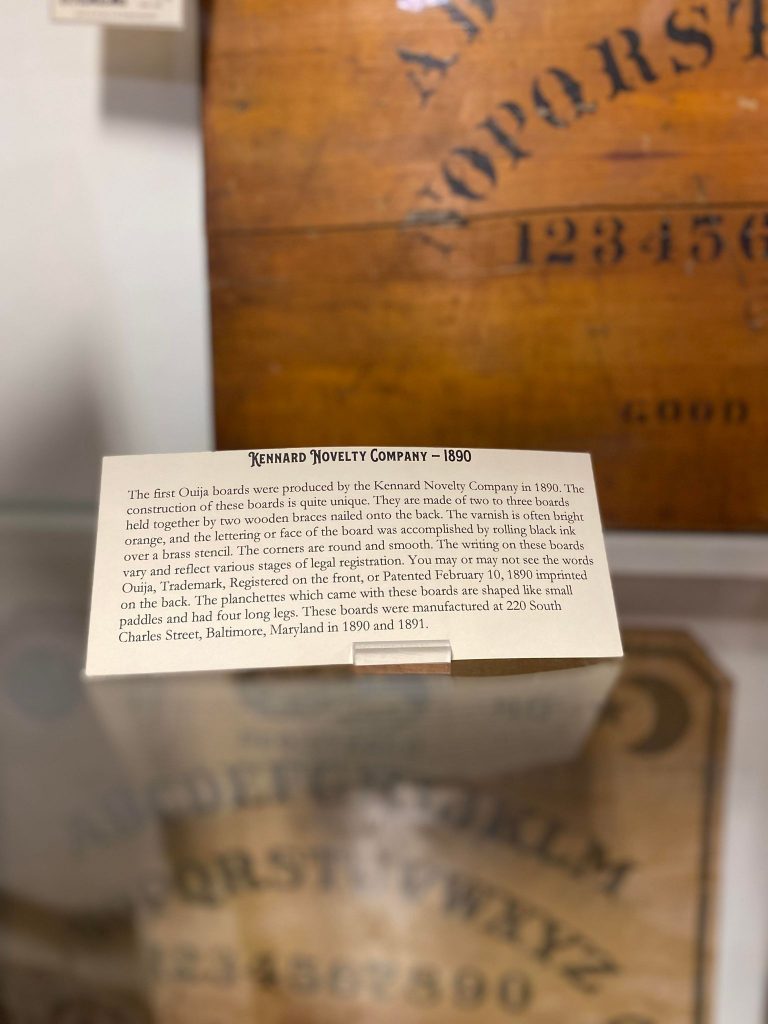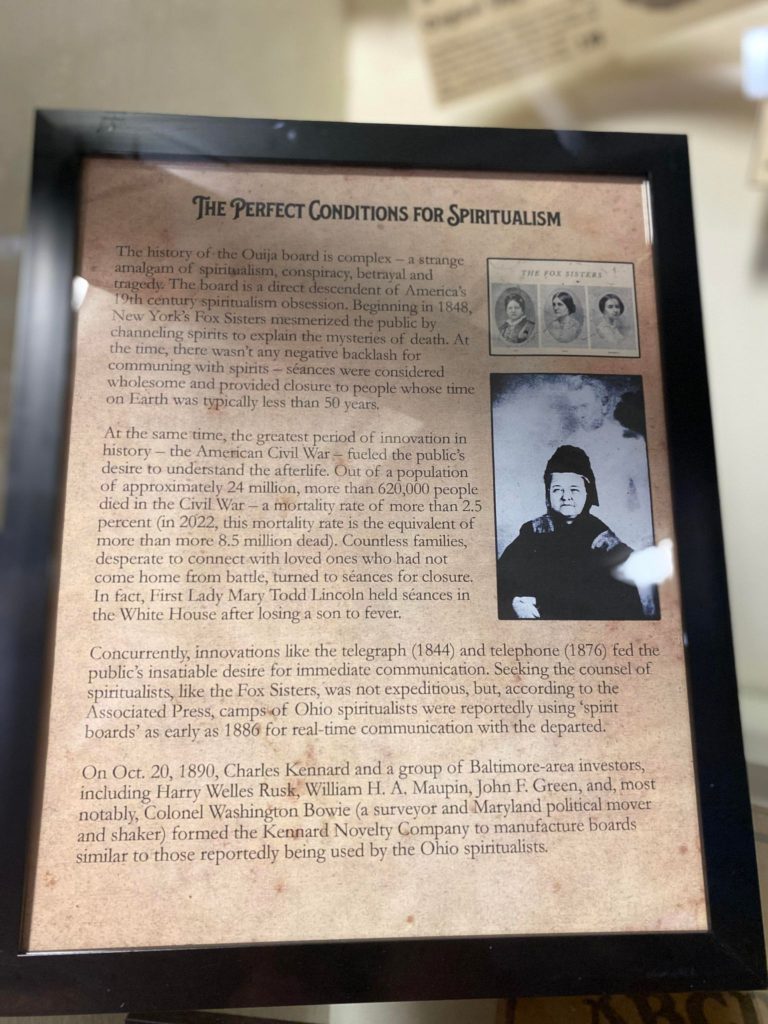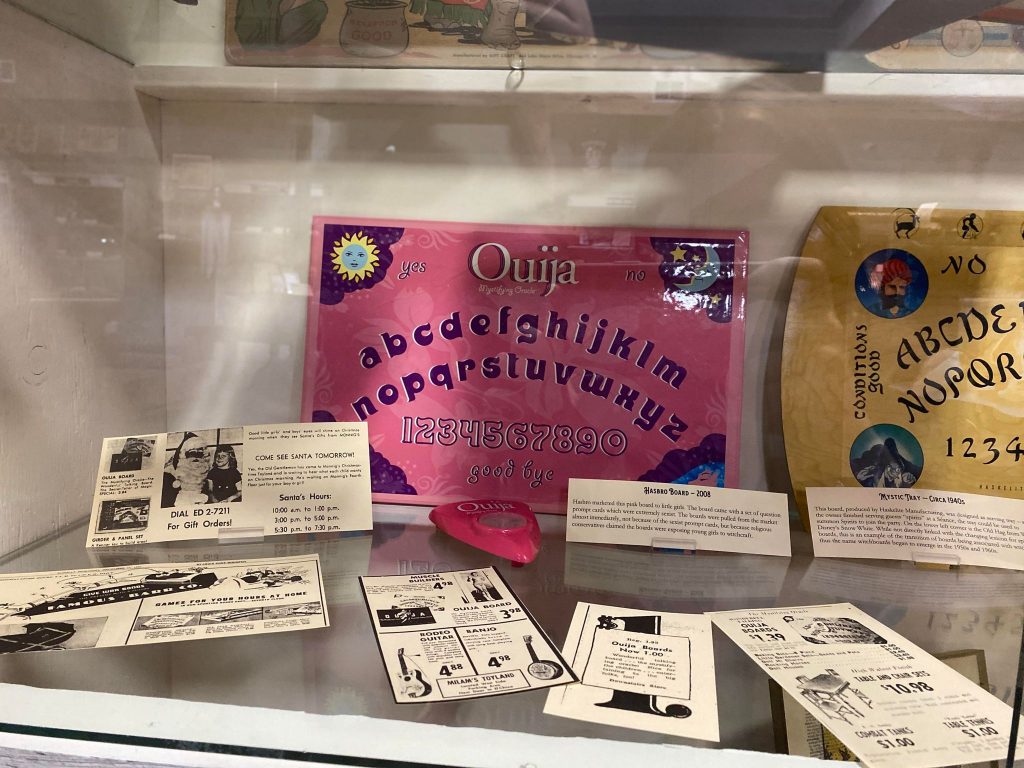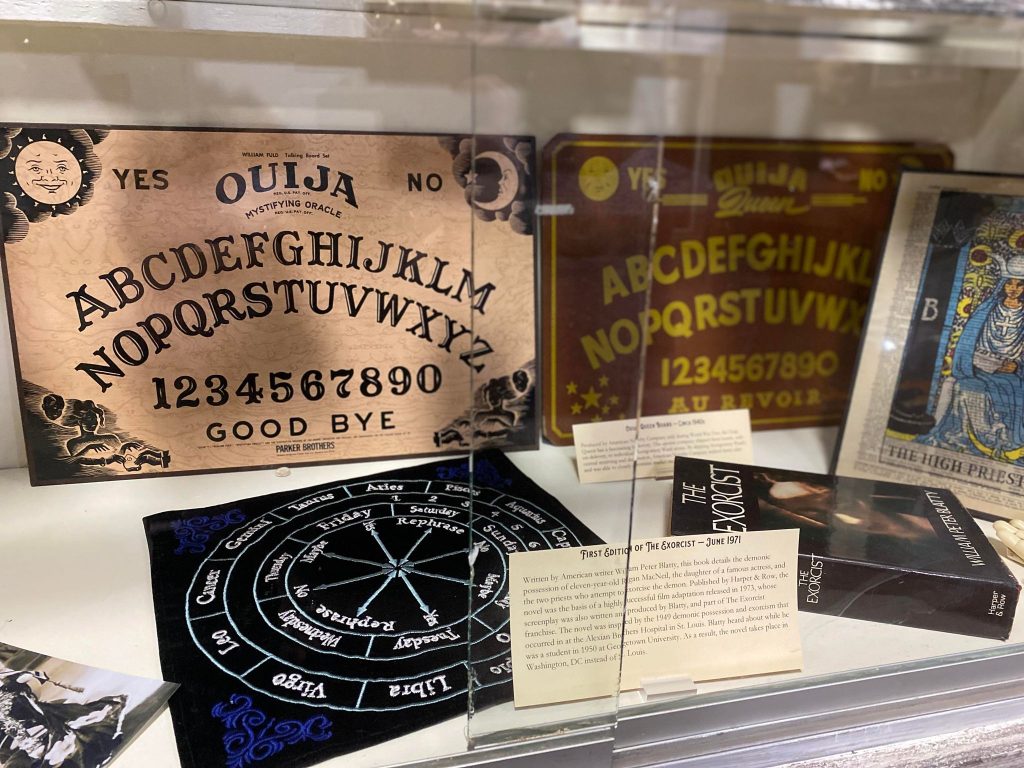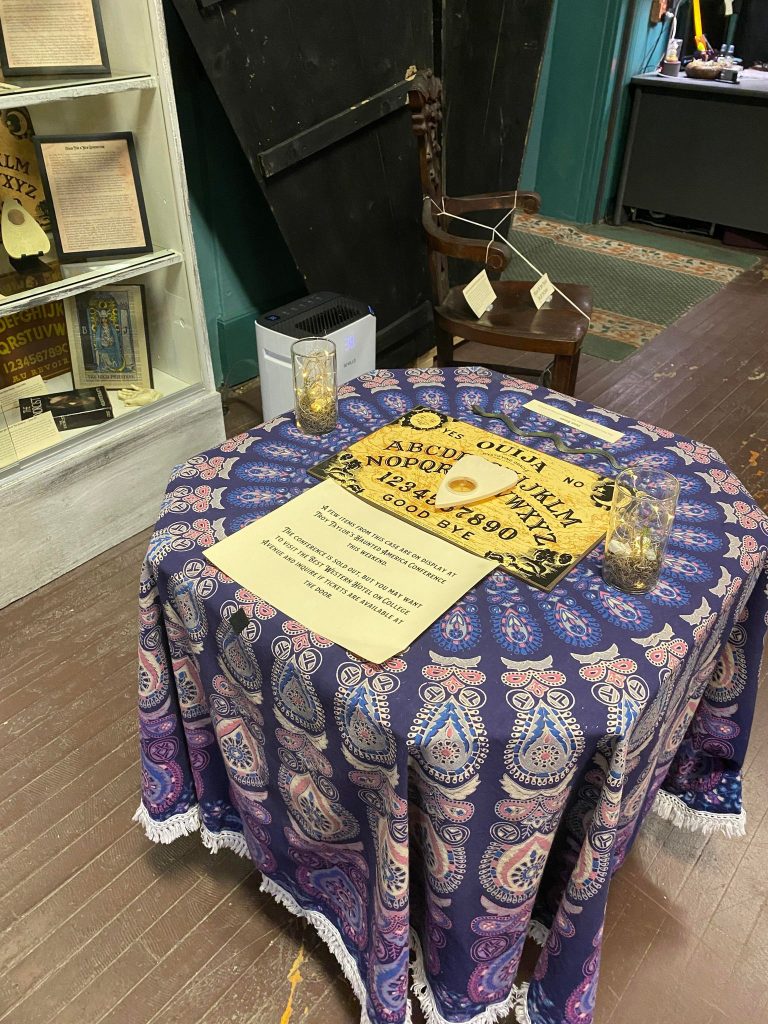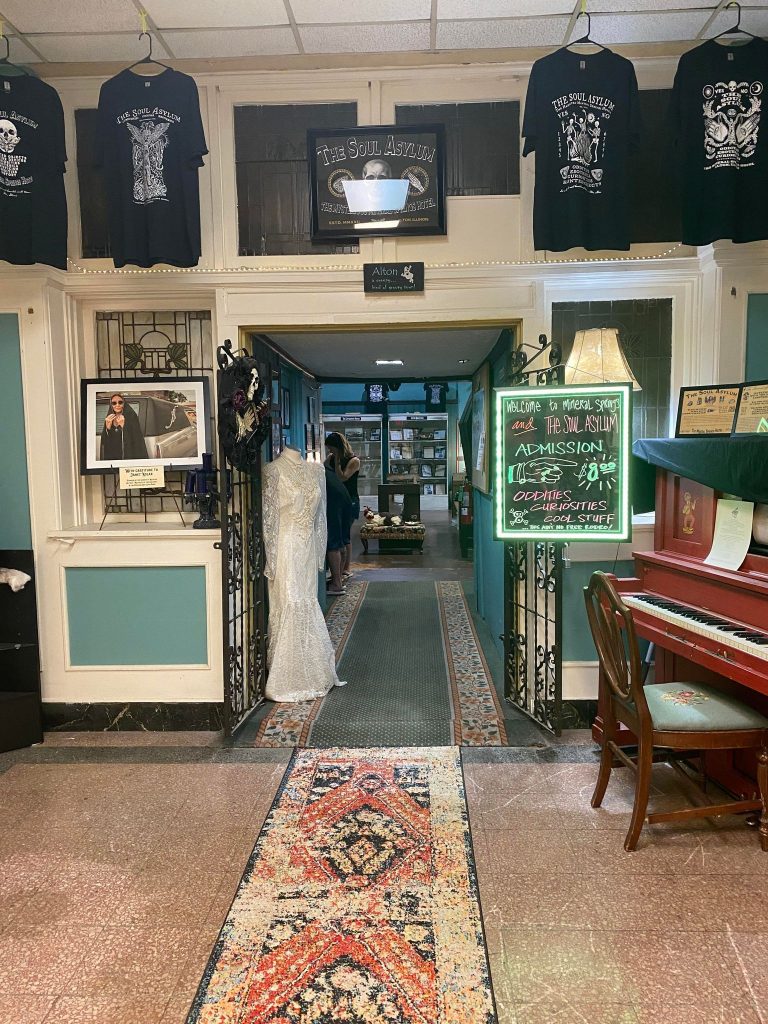African:
Berzock, Kathleen Bickford. “Water or Palm Wine Container.” Art Institute of Chicago. Accessed on July 21, 2022. https://www.artic.edu/artworks /18 56 74/water-or-palm-wine-container
Karp, Ivan. Explorations in African Systems of Thought. Washington, D.C.: Smithsonian Institution Press, 1987. https://archive.org/details/exploration sinaf00karp
“Women Potters in Burkina Faso.” Development Workhop. Accessed on July 21, 2022. https://www.dwf.org/en/content/women-potters-burkina-faso
Greco-Roman:
Braun, Thomas, et al. “Greece, ancient.” Grove Art Online. 2003; Accessed 5 Jul. 2022. https://www.oxfordartonline.com/groveart/view/10.1093/gao/9781884446054.001.0001/oao-9781884446054-e-7000034254.
De Groot, Jean. “Theatricality in Pottery Design and Machines.” In Politics and Performance in Western Greece: Essays on the Hellenic Heritage of Sicily and Southern Italy, edited by Heather L. Reid, Davide Tanasi, and Susi Kimbell, 2:111–30. Parnassos Press – Fonte Aretusa, 2017. https://doi.org/10.2307/j.ctvbj7grj.10.
Hall, Edith H. “Greek and Italian Pottery.” Bulletin of the Pennsylvania Museum 4, no. 16 (1906): 53–57. https://doi.org/10.2307/3793411.
Mastronuzzi, Giovanni, and Paolo Ciuchini. “Offerings and Rituals in a Messapian Holy Place: Vaste, Piazza Dante (Puglia, Southern Italy).” World Archaeology 43, no. 4 (2011): 676–701. http://www.jstor.org/stable/23210491.
McManis, Amanda. “Perfume Vessels in South-East Italy: A comparative analysis of Perfume Vessels in Greek and Indigenous Italian Burials from the 6th to 4th Centuries B.C.” Master’s thesis, University of Sydney, 2013.
Monsieur, Patrick. (2007). Amphora Burials and Burials with Amphorae: On the Reuse of Amphorae in the Northern Necropolis of Potentia (Porto Recanati, Marche). Theoretical Roman Archaeology Journal. 133. 10.16995/TRAC2006_133_149.
Paterson, Jeremy. “‘Salvation from the Sea’: Amphorae and Trade in the Roman West.” The Journal of Roman Studies 72 (1982): 146–57. https://doi.org/10.2307/299120.
Tanner, Jeremy. “Nature, Culture and the Body in Classical Greek Religious Art.” World Archaeology 33, no. 2 (2001): 257–76. http://www.jstor.org/stable/827902.
Mississippian:
Baires, Sarah E. “The role of water in the emergence of the pre‐Columbian Native American City Cahokia.” Wiley Interdisciplinary Reviews: Water 2, no. 5 (2015): 489-503.
Belknap, Lori. “Educate Cahokia Mounds.” Cahokia Mounds, September 6, 2021. https://cahokiamounds.org/.
Friberg, Christina M. “Cosmic Negotiations: Cahokian Religion and Ramey Incised Pottery in the Northern Hinterland.” Taylor & Francis, February 25, 2017. https://www.tandfonline.com/doi/full/10.1080/0734578X.2017.1378986.
Holmes, William H. “Mississippi Valley.” Ancient Pottery of the Mississippi Valley by William H. Holmes, 2012. https://scienceviews.com/ebooks/AncientPottery/index.html.
South America:
Belaunde, Luisa Elvira, Sara Welsh Colaianni, and Sara Walsh Colaianni. “CHAPTER 7: ‘KENÉ’: SHIPIBO-CONIBO DESIGN.” Fieldiana. Anthropology, no. 45 (2016): 81–92. http://www.jstor.org/stable/44744612.
Brown, Mary. THE EMERGENCE OF THE BIRD IN ANDEAN PARACAS ART, c.900 BCE – 200 CE. PhD diss. The City University of New York, 2016. https://academicworks.cuny.edu/cgi/viewcontent.cgi? article=2621&context=gc_etds
Dohmen, Renate. Encounters Beyond the Gallery: Relational Aesthetics and Cultural Difference (International Library of Modern and Contemporary Art). London: I.B. Tauris, 2016.
Rodriguez, Martin. “Moche Culture and Art.” About Peru History. August 2, 2019. http://about-peru-history.com/moche-culture-and-art/
Roe, Peter G. “Infinity of Nations.” Art and History in the Collections of the National Museum of the American Indian. Accessed on July 21, 2022. https://americanindian.si.edu/exhibitions/infinityofnations/amazon/239608 .html
Roe, Peter G. The Cosmic Zygote: Cosmology in the Amazon Basin. New Jersey: Rutger’s University Press, 1982.
Scher, Sarahh. “Introduction to the Chimú culture.” Khan Academy. Accessed on July 21, 2022. https://www.khanacademy.org/humanities/art-americas/south -america-early/chim-culture/a/introduction-to-the-chim-culture
